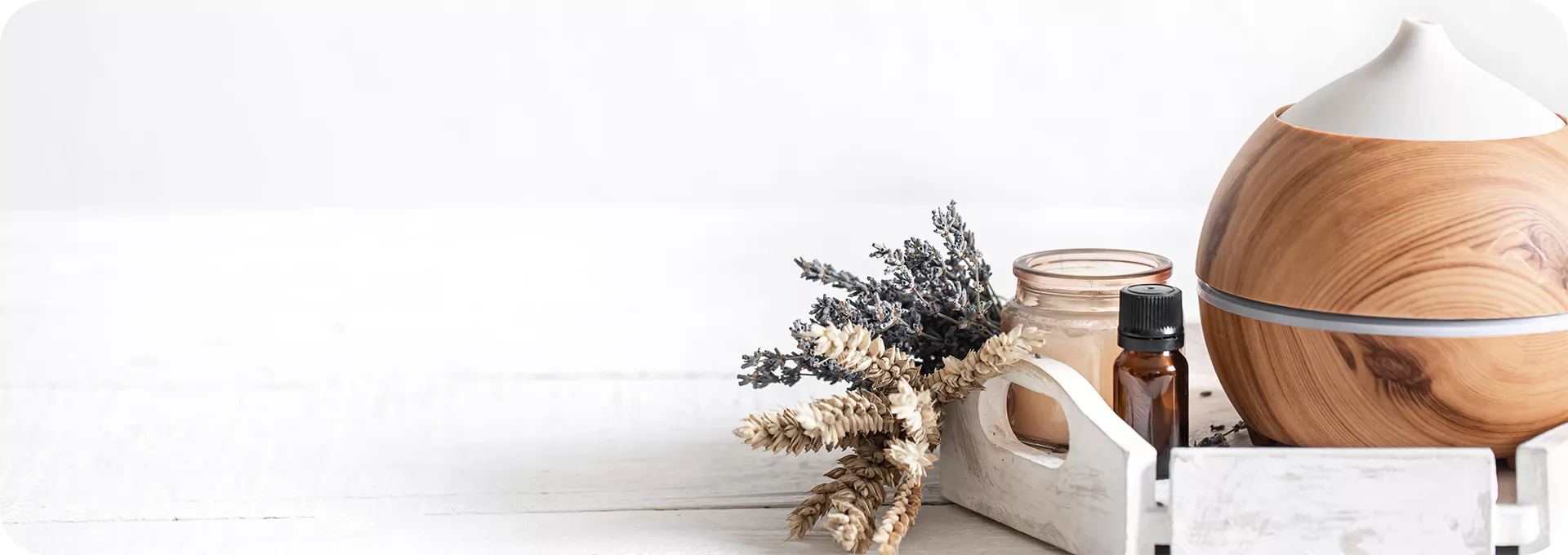
A small perennial plant found in Canadian undergrowth, wintergreen, also known as wintergreen tea, manages to flower without light, as its leaves contain very little chlorophyll compared to most plants. Its evergreen leaves and scarlet fruits can be seen on the mountain even in the dead of winter.
Wintergreen was once used by Native American sorcerers to relieve back pain, rheumatism, fever, headaches and other inflammatory ailments. At the time, it had the reputation of being able to cure everything, rather like ginseng in Asia. Amerindians also used to make tea from its leaves, hence its second name, wintergreen.
Unlike most essential oils, wintergreen essential oil contains a single molecule at over 99% concentration: methyl salicylate, a molecule very similar to the acetylsalicylic acid found in aspirin.
Like aspirin, wintergreen is used to treat a wide range of ailments. Its anti-inflammatory, antispasmodic and analgesic properties make wintergreen essential oil particularly useful for physical injuries and joint problems: sprains, tears, strains, muscle cramps, tendonitis, arthritis, osteoarthritis… Its vasodilating effect makes it ideal for massaging into headaches.
In energetic aromatherapy, wintergreen is considered to be a plant with great inner vital force, helping to circulate strength in all our muscles so we can move forward physically and psychologically.
1 drop of EO diluted in 8 drops of vegetable oil. Massage where you feel tension. Add 1 drop of peppermint EO for a more complete blend.
2 teaspoons (or 125 drops) of EO diluted in 4 tablespoons of vegetable oil. Massage your muscles about 15 minutes before exertion.
1 drop of EO diluted in 8 drops of vegetable oil. Massage into the abdomen where the pain is most acute.
Replace your 5th cup of coffee by inhaling wintergreen essential oil straight from the bottle. This essential oil is known to improve concentration levels. Keep it with you and inhale as needed.
Keep your yoga mat fresh and bacteria free with a homemade spray. All you need is a small spray bottle, a little rubbing alcohol (5%) and some wintergreen essential oil (1-3%). Fill the rest of your container with water. Spray your carpet and leave to dry.
Wintergreen blends well with lavender, rosemary, sage, fir, mint, eucalyptus and ylang-ylang essential oils.
The essential oil of wintergreen is not very interesting for diffusion, and is best used topically or internally.
Because this essential oil contains 99% of a single molecule, it is easily adulterated. Buy it from a reliable supplier and use it organically, like all your other essential oils.